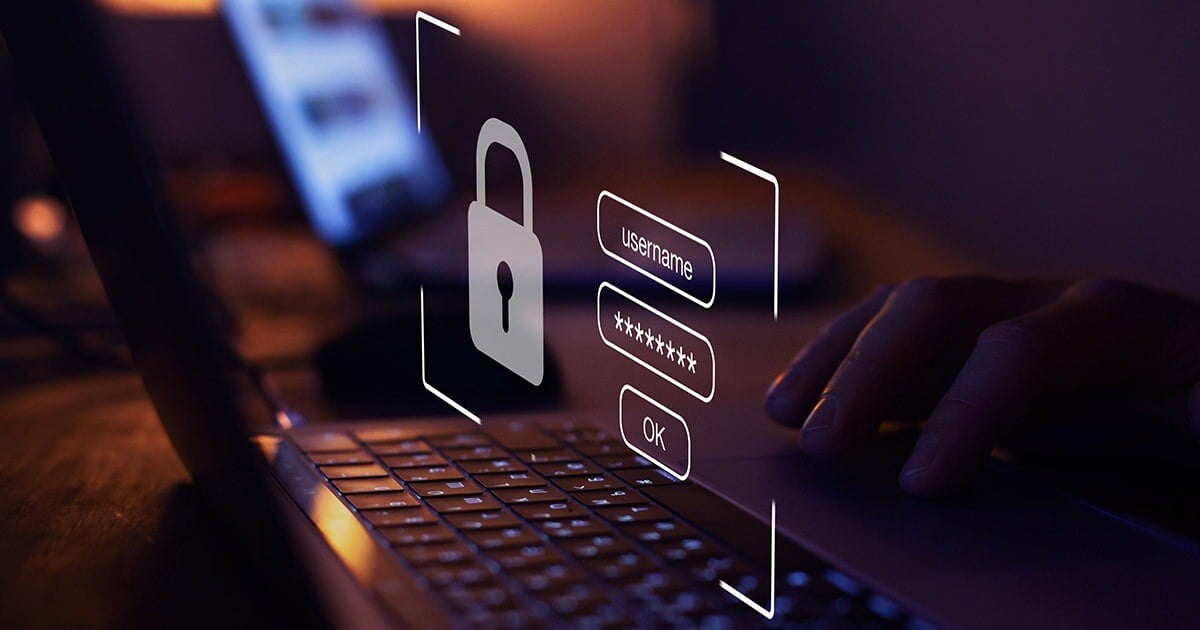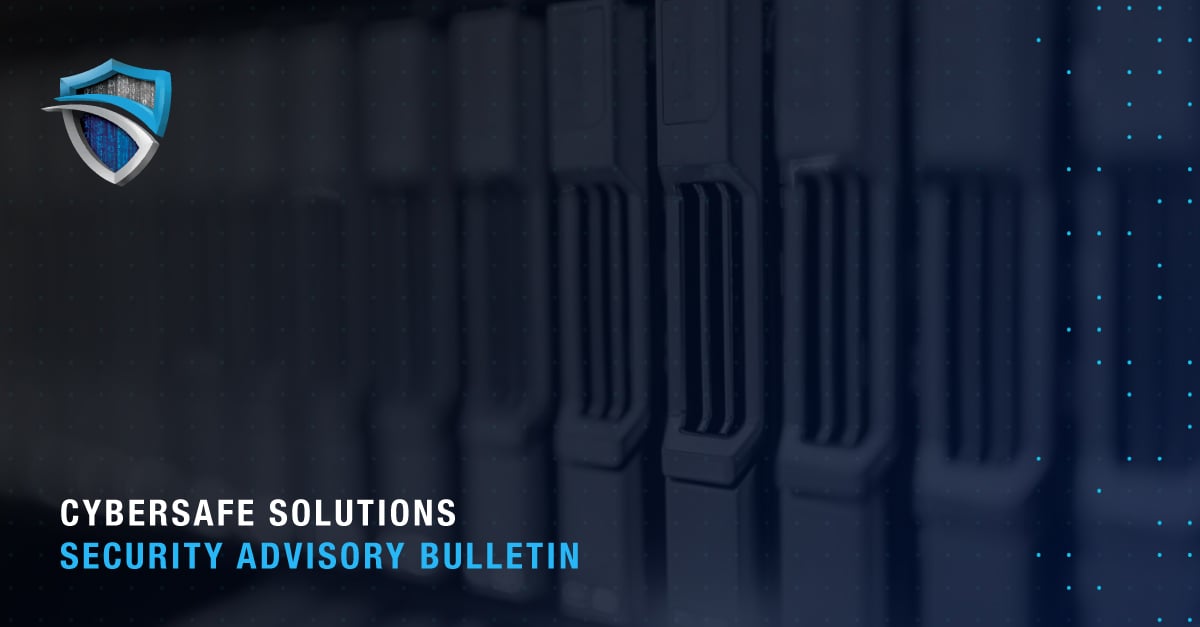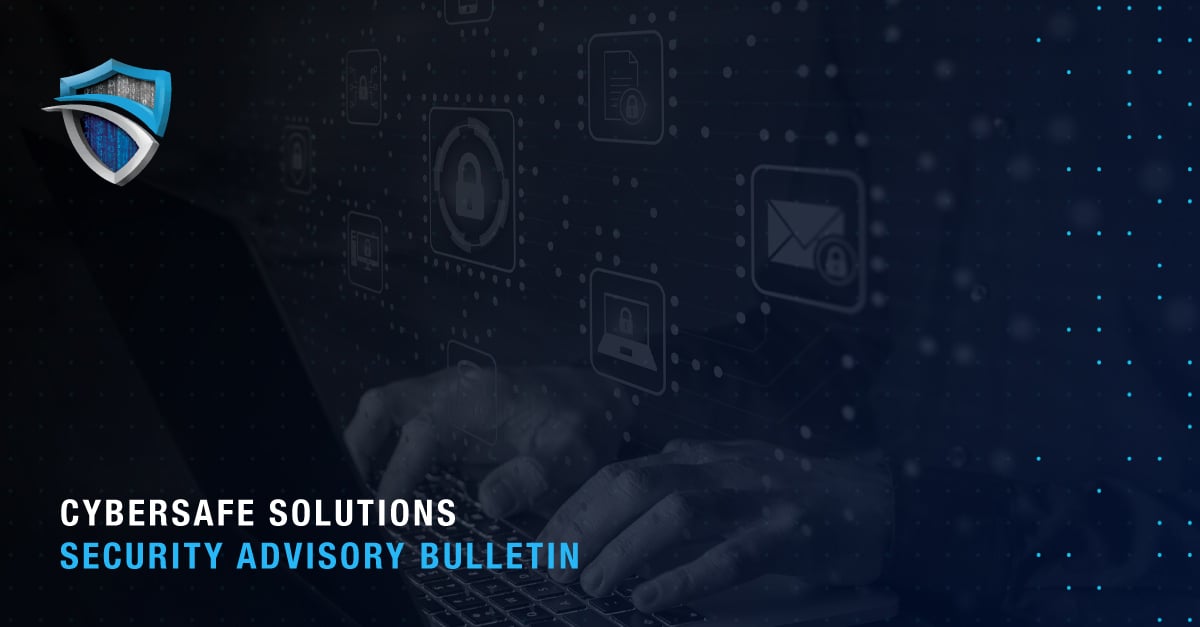The cyber threat landscape is constantly evolving, presenting new challenges and risks at every turn. Considering the complexities of advanced threats and cutting-edge technologies, it's easy to overlook the foundational elements that form the backbone of a strong security posture.
This blog takes a "back to basics" approach, reinforcing the essential cybersecurity fundamentals every organization should prioritize to effectively protect their assets, data, and operations.
Back to Basics
Crafting a cybersecurity strategy presents organizations with numerous options, from cutting-edge technology to sophisticated threat detection. Despite varied approaches, all effective security programs share foundational elements, such as comprehensive asset management, understanding potential risk exposure, ensuring proper user access, effective threat management, implementing security controls, and more. Below, we’ll explore several of these critical elements in detail.
Asset Identification & Management
To protect your organization, you must first know what you're safeguarding. This means having a comprehensive inventory of devices—tablets, smartphones, workstations, servers, network hardware, and even third-party systems—connected to your network. Ensuring core operating systems are regularly patched is also part of the process.
Effective asset management also involves continuously monitoring and managing changes to devices, platforms, and configuration settings to maintain a secure environment.
Risk Management
Practicing risk management is an essential principle of sound organizational oversight. It provides an important framework for effective capital allocation and strategic planning. In a cybersecurity context, the process involves identifying cyber threats and their potential impacts on business operations and financial health.
Identified risks are prioritized based on their likely impacts and probability of occurring, with those posing the greatest threat to the organization being addressed first through mitigation, transfer, or acceptance strategies.
Access Management
As its name suggests, access management is crucial for ensuring the right internal users (employees) have access to the right resources while keeping unauthorized employees out. This process begins with data classification, a systematic approach that categorizes information to ensure staff can easily access necessary information while safeguarding more sensitive data.
Implementing the principle of ‘least privilege’ further strengthens security by limiting user access to the minimum level required for their role. This can significantly mitigate potential damage in the event of a compromised account.
Effective access management also involves tools like Network Access Control (NAC) for managing wireless, wired, and physical access, ensuring only authorized devices and users can connect to your network.
With these elements, organizations can create a layered defense that optimizes resource accessibility while maintaining a solid security posture.
Threat Management
Threat management is focused on identifying and assessing specific dangers to your organization and actively managing them as they arise. This involves three procedures that work together:
- Vulnerability scans are conducted to identify potential weaknesses in your systems and where your defenses may be lacking.
- Patch management ensures identified vulnerabilities are promptly addressed by applying patches. The process not only closes security gaps but also verifies new patches don’t introduce additional vulnerabilities.
- Penetration testing (Pen testing) involves simulating intrusion attempts to test the effectiveness of your security protocols and tools. Pen testing helps identify any remaining gaps and confirms previously identified vulnerabilities have been successfully mitigated.
Security Controls
Security controls encompass a range of administrative, physical, and technical measures designed to prevent unauthorized access to sensitive information. While the aforementioned access management focuses on internal clearance of resources, security controls also include measures designed to safeguard the broader system from external threats. They include the following:
- Administrative controls include guidelines and policies, such as “Dos & Don’ts” for employees, to ensure safe practices.
- Multi-factor authentication (MFA) can strengthen security by requiring two or more forms of verification, such as passwords, tokens, or biometrics.
- Network segmentation isolates discrete networks to slow the spread and impact of a breach.
- Content filtering restricts access to potentially harmful external sites, reducing the risk of malware downloads.
- Perimeter and network security measures, including firewalls and traffic routing, protect the broader network.
- Endpoint detection and response (EDR) monitors endpoints to identify, respond to, isolate, and contain attacks before data is exfiltrated.
- Data security ensures data is protected, accurate, and accessible only to those authorized. The CIA Triad model (Confidentiality, Integrity, and Availability) often serves as a framework for shaping a business’s data protection strategy. Clearly defining what each principle means within the organization's specific context helps articulate the strategy's goals and objectives.
Disaster Recovery & Business Continuity
Disaster recovery and business continuity ensure an organization can maintain operations even in the face of major disruptions. Effective planning involves creating contingency plans to keep the organization’s IT infrastructure up and running during events like power grid failures or Distributed Denial of Service (DDoS) attacks.
These plans are specifically designed to prevent any single point of failure from disabling the entire system or destroying crucial network and data resources. With these strategies in place, organizations can minimize downtime and quickly recover from unexpected incidents, maintaining operational stability and data integrity.
Incident Management
Incident management is essential for effectively responding to security events, such as breaches, in a structured and timely manner. It involves having clear policies and procedures in place to address specific incidents as they occur.
Developing a comprehensive incident management plan is key, with sections that cover every phase of the response process:
- Preparation involves ensuring your team and tools are ready.
- Identification and response uses tools such as EDR to monitor, identify, and respond to suspicious endpoint activity.
- Containment focuses on limiting the damage and preventing further spread.
- Eradication involves removing the threat from your environment.
- Recovery aims to restore normal operations while ensuring no traces of the incident remain.
- Lessons learned help the organization analyze what happened and improve future responses.
Security Awareness Training
Security awareness training is critical, as it directly addresses the human element, which is pivotal to successful security defenses. According to Verizon’s "2024 Data Breach Investigations Report," human error played a role in 68 percent of breaches, excluding cases of malicious privilege misuse. This highlights the need for comprehensive education and training programs.
Hands-on sessions, such as phishing simulations, help employees recognize and respond to threats effectively. Additionally, ongoing awareness efforts ensure staff are informed about specific issues, such as current cyber attacks, Bring Your Own Device (BYOD) policies, Internet of Things (IoT) vulnerabilities, and best practices for password management. By continuously educating and updating employees on these topics, organizations can significantly reduce the risk of human-related security breaches.
How Cybersafe Can Help
At Cybersafe Solutions, we understand a strong cybersecurity foundation is essential for protecting your business in today's complex threat landscape. Our industry expertise, cutting-edge technology, and tailored services make us the ideal partner for reinforcing your cybersecurity basics.
As a leading managed security service provider (MSSP), we offer a comprehensive suite of services, including Managed Detection and Response (MDR), Security Operations Center-as-a-Service (SOCaaS), Extended Detection and Response (XDR), and robust security awareness training. These services are designed to fortify your defenses and ensure your team is well-prepared to tackle emerging threats.
Our skilled specialists conduct in-depth assessments of your cybersecurity posture, comparing it to industry standards, such as the Center for Internet Security (CIS) 18 Controls, and mapping your maturity against the NIST Cybersecurity Framework (CSF). This process helps identify gaps in your defenses and provides actionable insights to enhance your security measures.
By partnering with Cybersafe Solutions, you gain access to the expertise and resources needed to strengthen your organization's cybersecurity fundamentals, ensuring you are well-protected against both internal vulnerabilities and external threats. We’re here to help you build a solid foundation for a more secure future.
To learn more about how Cybersafe can help you build a solid foundation for a more secure future, contact us today.




